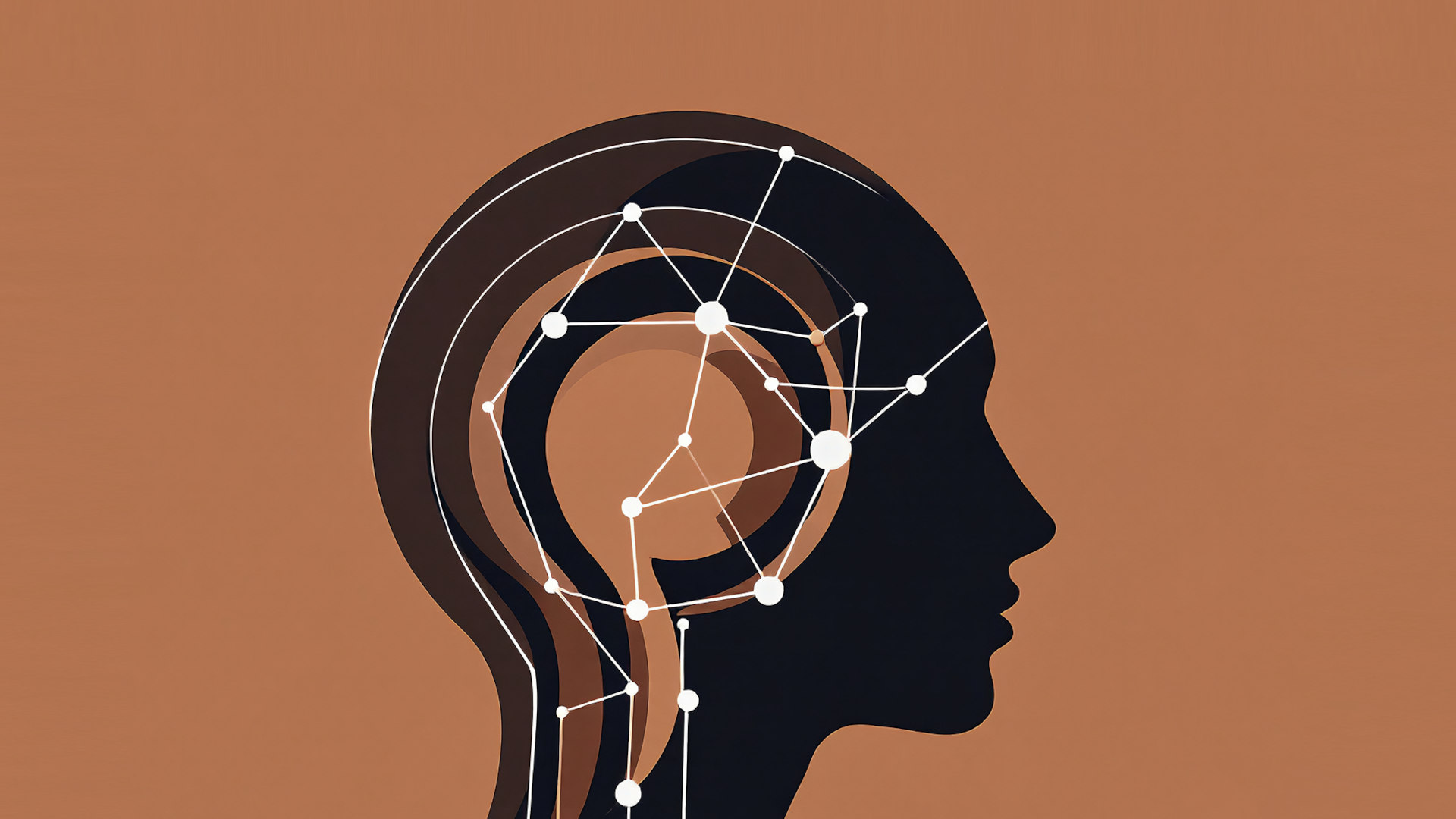Anthropic's Claude 3.5 Sonnet introduces a new feature - the ability to control a user interface through an approach called "computer use". This feature, currently in beta, allows the model to interact with computer desktops in a way reminiscent of a human user, marking a significant leap in AI capabilities.
Computer Use
Traditional Large Language Models (LLMs) primarily operate within the confines of a text-based interface, limited to generating text outputs in response to user prompts. Claude 3.5 Sonnet shatters this barrier by enabling the model to perceive and manipulate graphical user interfaces (GUIs), essentially bridging the gap between the digital world and AI understandi
The Mechanics of Control
The "computer use" feature relies on a combination of sophisticated technologies, including computer vision and an API designed specifically for this purpose. Here's a simplified breakdown of how it works:
- Tools and Prompts: Developers provide Claude with a set of pre-defined "computer use tools", each designed to perform a specific action within a GUI environment. These tools, coupled with user prompts, provide Claude with the necessary instructions and context. For example, a tool might be defined to "click on a button" or "type text into a field".
- Tool Selection and Execution: Claude analyses the user prompt and determines which tool is most appropriate for the task at hand. It then formulates a structured request to execute the chosen tool.
- External Execution and Feedback: This request is then relayed to an external system, typically a containerised environment like Docker, which houses the actual implementations of the tools. The external system executes the tool, essentially carrying out the requested action on a computer.
- Result Interpretation and Iteration: The outcome of the tool execution is captured and fed back to Claude, typically in the form of a screenshot or text-based feedback. Claude then processes this feedback to determine if the task is complete or if further actions are required.
This iterative process continues, forming what's referred to as the "agent loop", until the task is deemed complete by Claude.
Capabilities and Examples
Through this "computer use" framework, Claude 3.5 Sonnet can perform a variety of tasks that were previously impossible for LLMs, including:
- Website Navigation: Claude can browse websites, clicking on links and interacting with web forms.
- Application Interaction: The model can launch and control various desktop applications, including office suites and web browsers.
- Information Gathering: Claude can extract data from websites, documents, and spreadsheets.
- Task Automation: Repetitive tasks, such as data entry or form filling, can be automated using Claude's ability to interpret and manipulate GUIs.
Real-World Applications and Potential
The implications of this technology are vast, potentially revolutionising how we interact with computers and automate tasks. Some potential applications include:
- Streamlining Business Processes: Automating mundane office tasks, such as generating reports or processing invoices.
- Enhancing Accessibility: Enabling users with disabilities to navigate and control computers through voice commands or alternative input methods.
- Personalising Software Experiences: Tailoring software interfaces and workflows to individual user needs and preferences.
Limitations and Future Development
It's important to acknowledge that "computer use" is still in its nascent stages. The sources highlight several limitations, including:
- Latency: The current speed of interaction can be slow, limiting its applicability in time-sensitive scenarios.
- Accuracy and Reliability: Claude's computer vision capabilities are not perfect and can lead to errors in coordinate identification or action execution.
- Security Risks: Vulnerabilities like prompt injection, where malicious instructions embedded in content can influence Claude's behaviour, pose security concerns.
Anthropic is actively working to address these limitations and improve the reliability and safety of this feature.
A Glimpse into the Future of AI
Despite its current limitations, Claude 3.5 Sonnet's "computer use" feature represents a significant advancement in AI capabilities, bringing us closer to a future where AI can seamlessly interact with and augment our digital world. As this technology matures, it holds the promise of transforming the way we work, learn, and interact with technology.
Unlock the Future of Business with AI
Dive into our immersive workshops and equip your team with the tools and knowledge to lead in the AI era.






